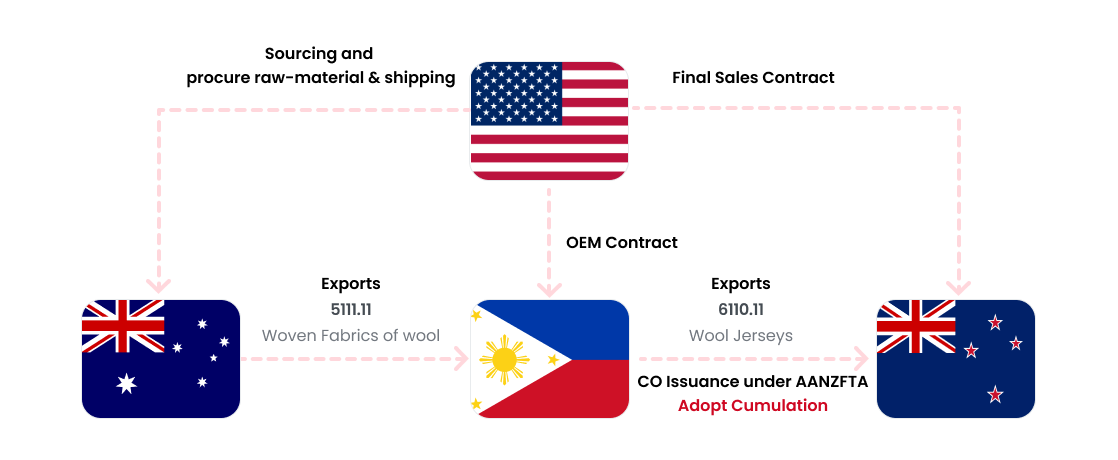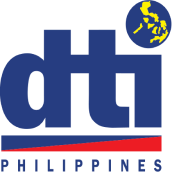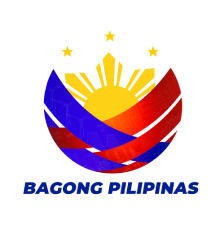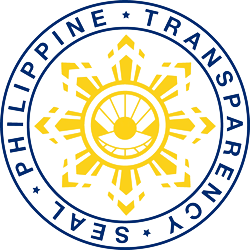Overview of AANZFTA Case Model
The AANZFTA is a comprehensive and single-undertaking free trade agreement that opens up and creates new opportunities for approximately 663 million people of ASEAN, Australia and New Zealand - a region with a combined Gross Domestic Product of approximately USD 4 trillion as of 2016. In line with the ASEAN Community Vision 2025 , the AANZFTA aims for sustainable economic growth in the region by providing a more liberal, facilitative and transparent market and investment regimes among the twelve signatories to the Agreement.
- Increased Market Access via Progressive Tariff Reduction and Elimination
- Increased market access via progressive tariff reduction and elimination. Zero tariffs at entry into force of the Agreement in 2010 for 96.5 percent, and 84.7 percent of Australia and New Zealand's tariff lines. Further tariff reduction during transition until final tariff elimination for all tariff lines of Australia and New Zealand is achieved in 2020.
- Enhancement of Rules of Origin
- Application of the rules of origin will be further enhanced by the “advance ruling in writing” provisions in the Chapter on Customs Procedures as regards “tariff classification, question arising from the application of the principles in the WTO Agreement on Customs Valuation and/or origin of goods” which Parties agreed to adopt, subject to their domestic laws and regulations. The advance ruling provision would help shorten the time for checking and assessing goods at the ports of entry, thus, helping speed up the release of goods.
- Improved Market Access and National Treatment for Trade in Services
- Improved market access and national treatment for trade in services. Australia and New Zealand’s commitments in trade in services have gone beyond their commitments in the WTO.
- Significant Protection Measures for Covered Investments
- Significant protection measures for covered investments including provision of an investor-state dispute settlement mechanism.
- Facilitation of Temporary Movement of Business Persons
- Inclusion of provisions that will facilitate the temporary movement of business persons such as business visitors, installers and services, executives of a business, intra-corporate transferee, or contractual contract service suppliers.
An OEM activate model for exporting textile product using cumulation
What is OEM?

- Focus on Core Competencies
- Companies can focus on their core strengths, such as manufacturing expertise or technological innovation, while outsourcing production to OEM partners who specialize in manufacturing.

- Cost Efficiency
- OEM arrangements can often lead to cost savings, as the manufacturer benefits from economies of scale in production and procurement. This can result in lower production costs and improved profit margins.

- Market Expansion
- By partnering with OEMs, companies can quickly enter new markets or expand their product offerings without heavy upfront investments in manufacturing facilities or equipment. This allows for greater flexibility and agility in responding to market demands.
What is Cumulative Rules of Origin?
AANZFTA - Chapter 3 - Rules of Origin - Article 6 Cumulative Rules of Origin
Case Model utilizing AANZFTA

-
Product
Woven Fabrics of wool
-
HS code
5111.11
-
PSR
CTH
-
FTA Benefit
Australia to Philippines
MFN : 1%
AANZFTA : 0%
-
Product
Garment(Wool Jerseys)
-
HS code
6110.11
-
PSR
RVC(40) provided that the good is cut or knit to shape
and assembled in the territory of one or more of the parties or CC -
FTA Benefit
Philippines to New Zealand
MFN : 10%
AANZFTA : 0%





